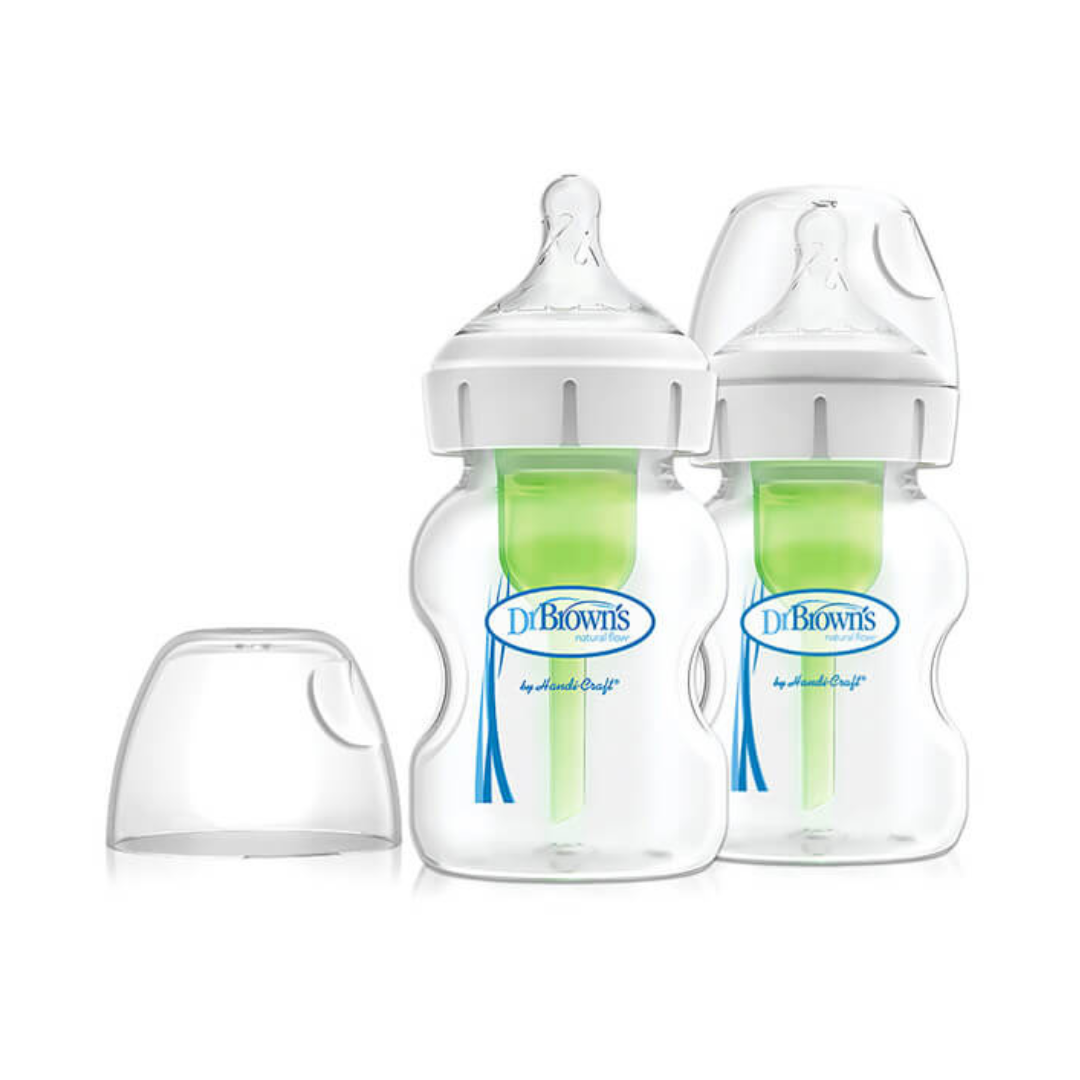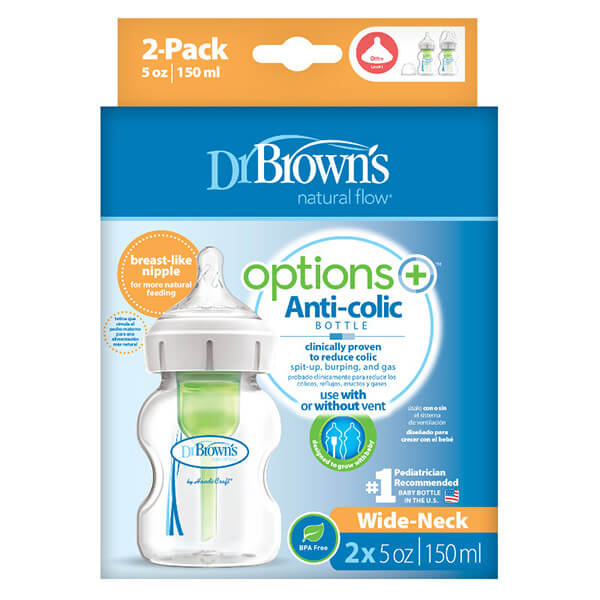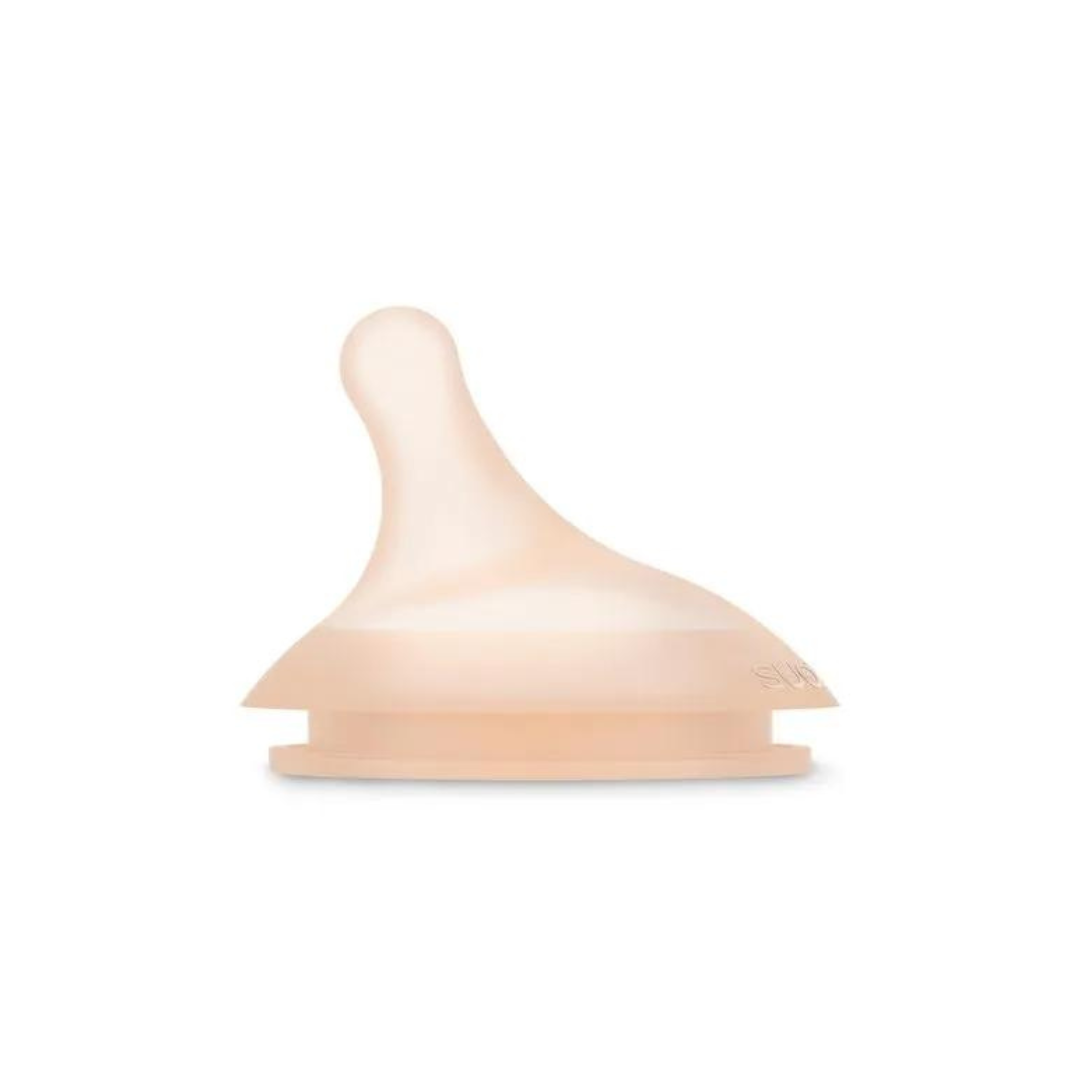Around two weeks of age, babies usually experience an increase in their level of crying , which peaks in intensity at six weeks and generally stabilizes around three or four months. During this stage of life, babies' irritability begins to decrease, which is considered normal within the "crying curve." However, if you notice that your baby is crying excessively and inconsolably, it could be colic.
What are colic and how to recognize it?
Colic is consistently defined by the "rule of 3s ." It is a stage of heavy crying in which a baby cries for more than 3 hours , occurs at least 3 times a week , and continues for a period of time longer than 3 weeks . This can happen even if your baby is well fed, healthy, and has all of his or her needs met.
Some pediatricians consider colic to be a subjective condition. In other words, it is thought to be an accumulation of symptoms rather than an actual diagnosis .
Many argue that excessive crying is some babies' way of coping with life outside the womb. This is because in the first few months of life, babies' nervous systems are still developing. As a result, they are likely still sensitive to noises, lights, temperatures, and other stimuli .
Colic is relatively common , with about one-fifth of newborns developing symptoms (AAP).
What causes colic?
There is no consensus on what exactly causes cramping symptoms, but one popular hypothesis is that it is related to an imbalance of melatonin and serotonin . Serotonin contracts intestinal smooth muscles and melatonin relaxes them.
Babies get plenty of melatonin from their mothers while in the womb, but once they are born they do not produce it naturally until they are 3 months old. That is why colic usually stops spontaneously at that age.
How to diagnose colic?
All babies cry and it is normal, but the hallmark signs of colic are more extreme :
- The baby's crying becomes very difficult to calm and occurs very suddenly , generally at the end of the afternoon or beginning of the night.
- The baby's face may turn red and he or she will probably arch his or her back and clench his or her fists .
To distinguish your baby's crying from something more serious, you can try to contain him, rock him, or cradle him . If he is in physical pain or a real discomfort such as a cold, hernia, etc., this containment will not help him calm down. Although if he suffers from colic, it may help him calm down a little at times.
It is extremely important that you ALWAYS take your baby to the pediatrician if you think he or she may have colic . Only health professionals have the authority to make a correct diagnosis and prescribe medication if necessary.
How to relieve your baby's colic:
The first thing to understand is that colic is common. It is a benign process and it is normal for a baby to go through this.
It can be very distressing and exhausting when your little one is going through this. Asking for help and taking turns with your partner, someone in the family, or anyone who helps can be a huge relief.
Some babies are greatly soothed by movement. Try holding your little one upright while you bounce up and down on an exercise ball or the edge of a bed.
White noise can be a great ally at these times of the day. Many babies manage to calm down completely with the use of white noise.
Most babies are comforted by being supported by a swaddle . Even if you find that your baby doesn't like it at first, keep trying it for a few days. You'll find that your baby gets used to it and enjoys it.
Baby massage or a warm bath can also help relieve gas, as well as promote the many skin-to-skin benefits of a massage.
Although they are not a treatment, anti-colic bottles are an effective way to prevent colic, as they have ventilation systems to prevent the formation of bubbles inside the bottle, thus preventing the baby from ingesting air.
Source of this article: Doctor in Pediatrics Priscila Prado.









